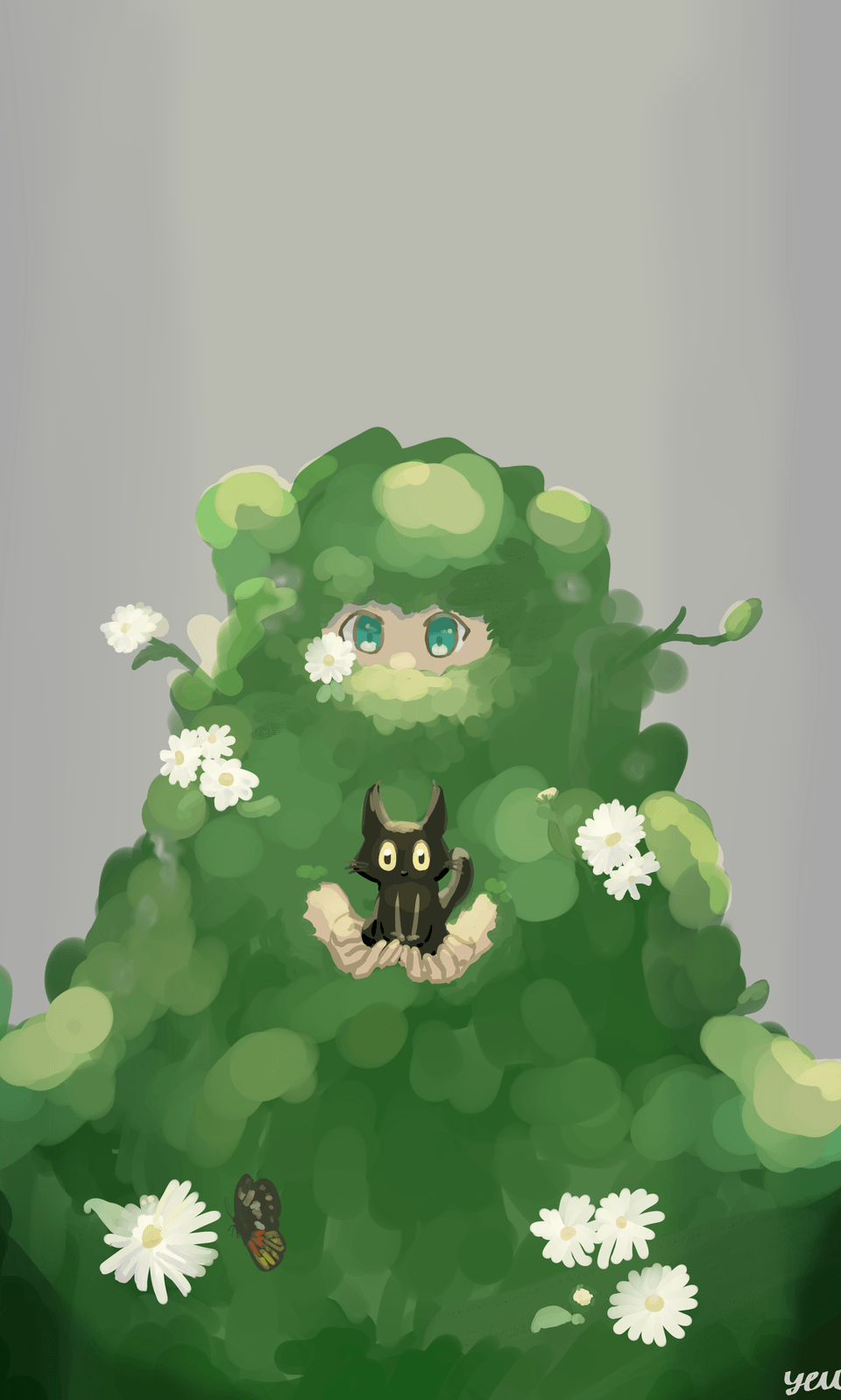Important Hand Tutorial! + Video
The Video
In the video:
In the video posted above, I go over some basic hand anatomy, a little about proportions, quickly touch on foreshortening, talk about the shading of the hand and lastly I list off a few tips/tricks. In the anatomy section, I talk about the bones (carpals, metacarpals, phalanges) that make up the hand and the three large muscle groups (Thenar, Hypothenar, first dorsal) which give the hand more structure. In the proportions section, I give a few proportional tips. Mainly about what part of a certain finger lines up with this other landmark. I also talk about having an arch to your finger joints. With foreshortening, it is all about drawing boxes and cylinders in perspective. Unfortunately, there is no hidden secret (atleast that I am aware of) for drawing anything in a dynamic pose. I show you how to add a tone layer to your line art and shade the hand. This is for all the people who are interested in making manga or manga style illustrations. The last section is more of just me giving a few style tips. I talk about the fingertips, knuckles, and the wrist. But of course, everyone draws their hands a little differently. I hope you enjoy the video!
Hand Anatomy: Basic
The Bones:
Starting off with the bones, we have the carpals, metacarpals and phalanges. I will be covering how I draw the wrist later. If you are a beginner, it’s okay to skip the wrist for now. It is a bit more complex and your ability to draw hands won’t depend on how well your wrist depictions are.
Metacarpals and the first two rows of phalanges are very similar.
The distal phalange is a different shape and looks like this.
The thumb is no different in general shape, it just doesn’t have the middle phalange.
The Muscles:
There are three main muscles for the hand. They are the Thenar, Hypothenar and first dorsal. They take the general shape of a teardrop. The Thenar muscle is the muscle for the palm of the thumb. The Hypothenar is the pinky muscle on the outside of the hand. It wraps around to the palm side. But then also to the outside. The first dorsal is found between the thumb and pointer finger on the back side of the hand. If you squish your thumb to your pointer finger you will see a bulge form and that is the Dorsal.
Hand Proportions:
The second most important part is proportions. You don’t need to know every single bump of every single bone or muscle. Every single vein or tendon to draw good hands. A solid foundation for proportion, that is important. Some people draw hands bigger on certain bodies, and smaller on others, but they have it in proportion.
From the base of the wrist to the first knuckle, is the same length from that knuckle to the tip of the middle finger. The first knuckle of the thumb is in line with the center-line of the palm. The tip of the pinky finger lines up with the last joint on the ring finger. Remember these circumferential bends to check each finger's length when drawing. It starts off flat with the knuckles and gets steeper with each joint moving up the phalanges.
Foreshortening:
If you are wanting to draw dynamic hands, then you need to work on foreshortening. Unfortunately, there is no secret to getting better. It is about drawing boxes, cylinders or any 3D shape in perspective. If you are able to stack them behind or in-front of one another, the only thing left to do is lay the attributes of the hands over them.
Shading the Hand with a Tone Layer:
Let me show you how I go about adding shading to my hands. If you are interested in drawing manga, then this section will be helpful. It is very easy to add tone to your line work. You go to “new layer” , “tone” . Now with the mask selected, press Delete on your keyboard or go up to Edit , then Delete.
Then you take your brush and paint the shadows on your hand.
Tips and Tricks (Style tips):
Draw the fingers thicker.
Make sure to add the bump before the finger nail.
Sometimes I only draw two bends to the finger for simplicity.
When it comes to the base knuckles, drawing one long line and then a smaller one next to it looks best to me right now.
If I do go for more realistic hands, I barely show each phalange knuckle.
For the wrist, remember to draw a slight bend inward but then lead up to the outer bumps for the ulna and radius. The ulna is on the pinky side and is the important landmark for the wrist. It’s the bump you will see in a lot of drawings. When the pinky side of the hand is stretched out, you can indicate a slight secondary bump. Those are the actual wrist bones.
Conclusion
I hope this tutorial was helpful, you should be drawing better hands very soon.
Tag me in your practices on Instagram @jaysteven._ so I can check them out and give your post a like.
Thank you for letting me participate in MonthlyTIPS202006 section: HandGestures
#ClipStudioTips2020
💜Remember to leave a heart if you enjoyed! Thank you!💜
























留言